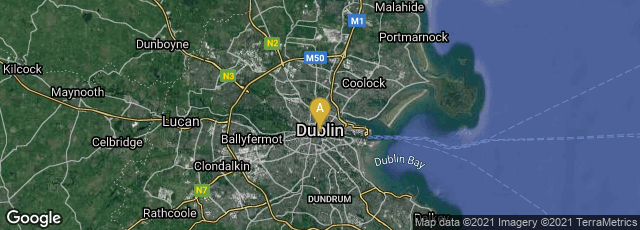

A: Dublin 1, County Dublin, Ireland
Between 1850 and 1858 Irish geophysicist and civil engineer Robert Mallet of Dublin founded the science of seismology in a series of four Report[s] of the Facts of Earthquake Phaenomena presented to the British Association for the Advancement of of Science. He also issued The Earthquake Catalogue of the British Association. Mallet coined the term "seismology" to describe the scientific study of earthquakes, and was also responsible for the terms "epicenter," "seismic focus" (the point at which an earthquake originates), "angle of emergence," "isoseismal line" (contour or line on a map bounding points of equal intensity for a particular earthquake), and "meizoseismal area" (area of maximum earthquake damage).
"He produced an experimental seismograph in 1846. Important elements of his model, which was never actually used, were incorporated in the seismograph that Luigi Palmieri made in 1855. Between 1850 and 1861 Mallet set off explosions in different locations to determine the rate of travel of seismic waves in sand (825 feet per second), solid granite (1,665 feet per second) and quartzite (1,162 feet per second). According to A. Sieberg (1924), Mallet should be considered the founder of the physics of earthquakes. . . . Mallet presented his most important seismic results in four Report[s] to the British Association (1850, 1851, 1852-54, 1858) and in four editions of the Admiralty Manual of Scientific Enquiry (1849, 1851, 1859, 1871). Between them, they contain an extensive catalog-which he prepared and debated with his son, John W. Mallet- of 6,831 earthquakes reported between 1606 B.C. and A.D. 1858 and his seismic map of the world" (Dictionary of Scientific Biography).